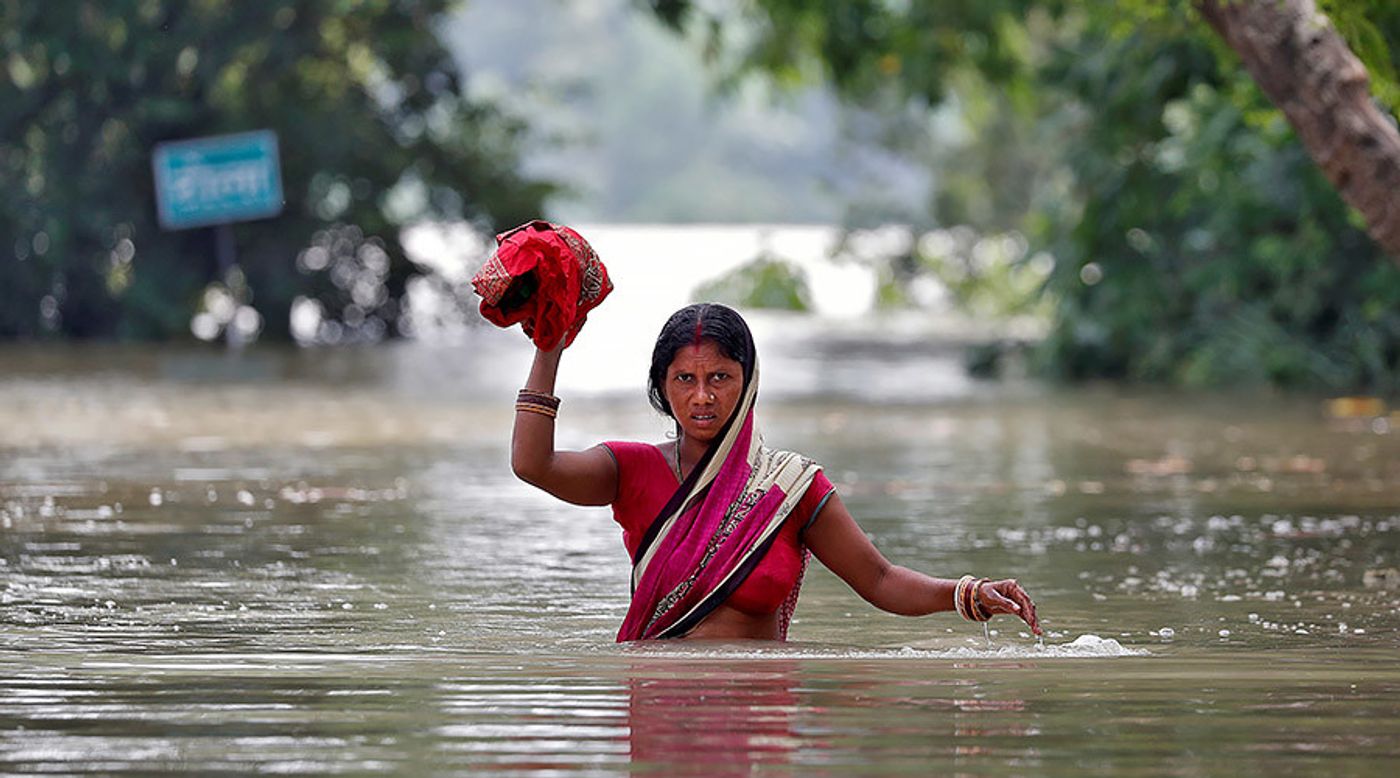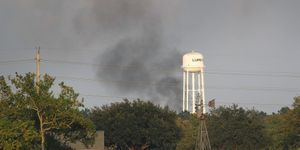Flooding from monsoons devastate South Asia
Two-thirds of Bangladesh are under water, according to Oxfam. The death count has topped over 1,400 people across South Asia, consuming India (1,170 dead), Nepal (143 dead) and Bangladesh (140 dead) with flooding from monsoons; over 40 million people have been affected. Although some amount of flooding happens every year during monsoon season, authorities report that floods this devastating have not occurred since 1988.
“The rains this year have been heavier than usual. In some districts, the rainfall has been the heaviest in 60 years,” said Valerie Julliand, the resident coordinator of the United Nations in Nepal.
The floods are putting the long-term education of many children at great risk, said Rafay Hussain, from Save the Children. Because many schools have been destroyed (roughly 18,000), and those remaining are being used as shelters and health centers, about 1.8 million children cannot go to classes. These youth are at risk of permanently falling out of the education system, Save the Children reports.
For the survivors of the flooding, the end of the struggle is not anywhere near close. The UN said that heavy rains are expected through at least October. Relief camps are short of supplies such as food, water, and medical care and disease spreads easily.
In particular, some groups are more vulnerable. “While the majority of deaths in the floods are men (over 60 percent), the situation of women and girls is especially grim in the affected communities,” Kumar said. “The groups with special needs include women, girls, children, elderly, people with different abilities, single women and women-headed households as such groups have specific needs including hygiene, privacy and protection. There are reports of gender-based violence coming from some communities.” Many people who are able to return to their homes are traumatized to do so because of the ruins they may find or the fear that more flooding will strike at any moment.
The head of a South Asian regional body, launched this year to boost disaster coordination, said the flooding underlined the poor planning. "The floods this year have exposed the urgency for (South Asian) nations to work together to deal with natural disasters," said PK Taneja, of the India-based SAARC Disaster Management Centre.
But poor planning isn’t the only factor behind the flooding; climate change, too, plays an indisputable role. Raman Kumar, Oxfam partnership and capacity development adviser for Asia, told the PBS NewsHour the region is threatened by increasingly unpredictable precipitation patterns — “another impact of changing climate,” he said. “More precipitation in less time, as well as in changing geographies in some cases, is surpassing the preparations and coping capacity of the communities.”









